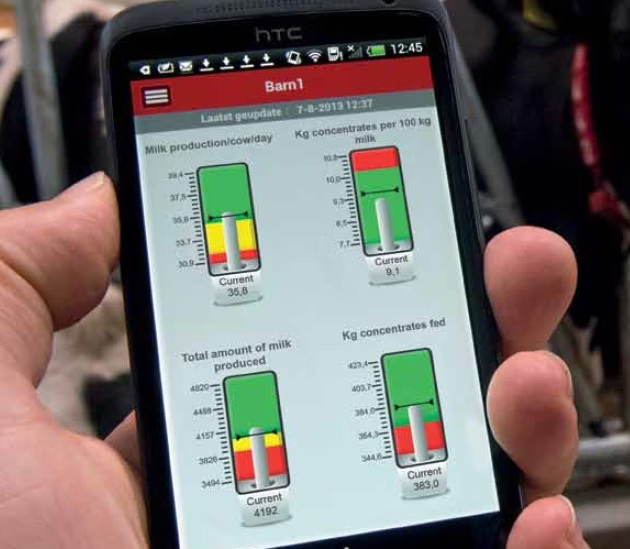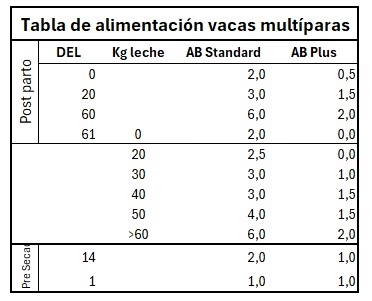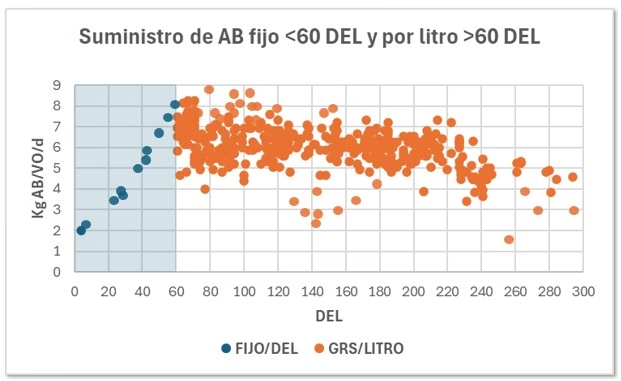
The evolution of feeding in dairy cattle has reflected the changes in the way it manages the production, and the current technological advances are bringing a return to the management of individual cows. A long time ago, when the herds were small, it was possible to feed each cow according to your specific needs. However, as the drums grew in size, they adopted an approach of the group in power, armando groups of cows with similar requirements. This massive implied to design diets that meeting the needs for the cow average, which was that some did not receive the necessary, while others were in excess of their requirements, leading to a state of underfeeding or overfeeding.
The problem of the group approach lies in its nature not very precise. The high production cows need more energy and nutrients, while the lower production or in other phases of their cycle nursing may need less. Feed above the average ensures that the cows of higher performance do not suffer from deficits, but also increases the costs and affects the efficiency of food to supercharge those cows below the average.
Smart eating
With the introduction of technologies such as milking robots, put back the focus on the cow, individual achieving a level of accuracy unfeasible for systems handling massive. Milking robots, allow you to collect real-time data on milk production, body condition, health status, and provide concentrate feed during milking, according to the needs of each individual cow-level grams/liter with more of an AB. Is achieved in this way a optimization of the production maximizing the performance of each cow according to their genetic profile with the minimum amount of resources needed, leading to the conversion of food into milk to another level. The variability in frequency of milking that provides the robot allows sustained increases in milk production, avoiding episodes of mastitis (confirmed with real-time monitoring of the electrical conductivity, and also counts of somatic cells, in addition, also the color, and temperature). This leads to a reduction of costs and an impact on the health and welfare of animals in production.
This is also achievable with measurement technology of production, electronic identification, and feeding stations, automated, or systems such as the DelPro and AfiFeed power single room of milk that include antennas at the entrance to the stocks.
.Tables of power
The robotic system allows you to configure a table for cows, multiparous and another for first lactation where they are initially assigned to an amount "fixed" crescendo food balanced pelletized (AB) to THE one expected by the user to observe the peak of lactation (in this example: 60) to pass from the day following (THE: 61) to provide AB according to the milk production of each cow. With this technique, gives rise to the cows healthy to express their genetic potential (potential even for a dairy farm for many years with artificial insemination will manifest with a remarkable dispersion among individuals. We suggest to see the 2nd graph of the note "Dairy of Gold"). Is an example configuration:

On a graph of population distribution of the consumption of AB or pellet dispersion of consumption achieved it would look like this:

The economic impact is important because it allows you to maximize the production of milk of our cows at the same time that we manage the consumption of the concentrate, the most important account of the dairy activity.

[twitter-follow screen_name=’dairylando’]
